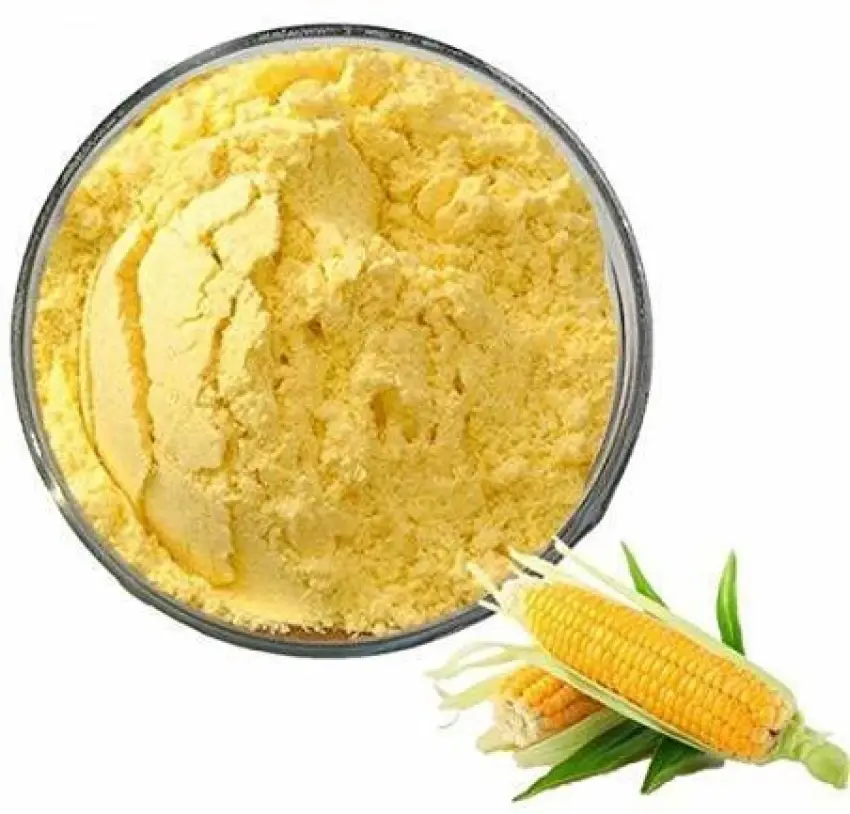
Makki Atta, also known as maize flour or corn flour, is a staple ingredient in many Indian households, especially during winter. While it is widely consumed in traditional dishes like Makki ki Roti, many health-conscious individuals often wonder about its glycemic index (GI) and how it affects blood sugar levels.
If you’re diabetic or simply looking to maintain stable blood sugar levels, understanding the Makki Atta Glycemic Index is crucial. In this article, we will dive deep into the GI of Makki Atta, answer frequently asked questions, and explore whether it is a healthy choice for people managing diabetes and weight.
The glycemic index (GI) is a ranking system that measures how quickly carbohydrate-containing foods raise blood sugar levels. It is categorized into three levels:
Foods with a lower GI are preferred for individuals managing diabetes, weight loss, and insulin resistance.
Makki Atta (corn flour) has a moderate to high glycemic index, typically ranging between 68-74. This means that it can cause a relatively quick rise in blood sugar levels, making it important for diabetics to consume it in moderation and pair it with fiber-rich foods.
However, the GI of Makki Atta can vary based on:
Although Makki Atta has a medium-to-high GI, it can still be part of a diabetic diet when consumed wisely. Here’s how:
✅ Pair with Fiber & Protein: Eating Makki ki Roti with fiber-rich vegetables and proteins like paneer or dal slows down sugar absorption.
✅ Choose Coarse Flour: Less refined Makki Atta has a lower GI than processed corn flour.
✅ Portion Control: Instead of consuming large quantities, limit intake to maintain steady glucose levels.
✅ Mix with Other Flours: Combining Makki Atta with Bajra (Pearl Millet) or Jowar (Sorghum) reduces the overall glycemic load.
🔹 Pro Tip: Try Ahaar Makki Atta (500g) for an authentic and nutritious maize flour experience. Check it out here: Ahaar Makki Atta 500g
While it has a moderate glycemic index, Makki Atta offers several health benefits:
1️⃣ Rich in Fiber: Aids digestion and promotes gut health. 2️⃣ Gluten-Free Alternative: Ideal for people with gluten intolerance or celiac disease. 3️⃣ High in Antioxidants: Contains carotenoids like lutein and zeaxanthin, which promote eye health. 4️⃣ Good Source of Essential Nutrients: Provides Vitamin B6, magnesium, and iron. 5️⃣ Boosts Energy: The complex carbohydrates in maize flour keep you energized for longer.
If you're concerned about its impact on blood sugar, here are some proven ways to lower the glycemic load of Makki Atta:
✔️ Add Healthy Fats: Cooking Makki ki Roti with ghee or butter slows sugar release. ✔️ Use Whole Cornmeal: Instead of finely ground flour, opt for coarse cornmeal. ✔️ Include More Protein: Pair with curd, dal, or paneer to reduce blood sugar spikes. ✔️ Use it in Multi-Grain Rotis: Mixing it with bajra, ragi, or whole wheat flour lowers its overall GI. ✔️ Limit Sugar Intake: Avoid consuming Makki Atta with high-sugar foods.
👉 Looking for the best cornmeal for making Makki ki Roti or Pizza Dusting? Check out this premium option: Cornmeal for Pizza Dusting
Yes, but only in moderation. Since it is gluten-free and rich in fiber, it can aid digestion and keep you full longer. However, its higher GI means portion control is necessary.
It is not advisable for diabetics to eat Makki Atta daily due to its moderate-to-high GI. However, when paired with fiber and proteins, it can be consumed occasionally.
Store Makki Atta in an airtight container in a cool, dry place to prevent moisture absorption and spoilage.
Yes, Makki Atta can spike blood sugar if consumed in large amounts. It is best to pair it with fiber, protein, and healthy fats to minimize glucose spikes.
Tags: MakkiAttaGlycemicIndexDiabetesDietHealthyEatingCornFlourGlutenFreeWeightLossTipsDiabeticFriendlyIndianFoodLowGIIs Makki Atta good for diabetics?
Feb 24, 2025 by Himanshu Singh
Jan 30, 2025 by Himanshu Singh
